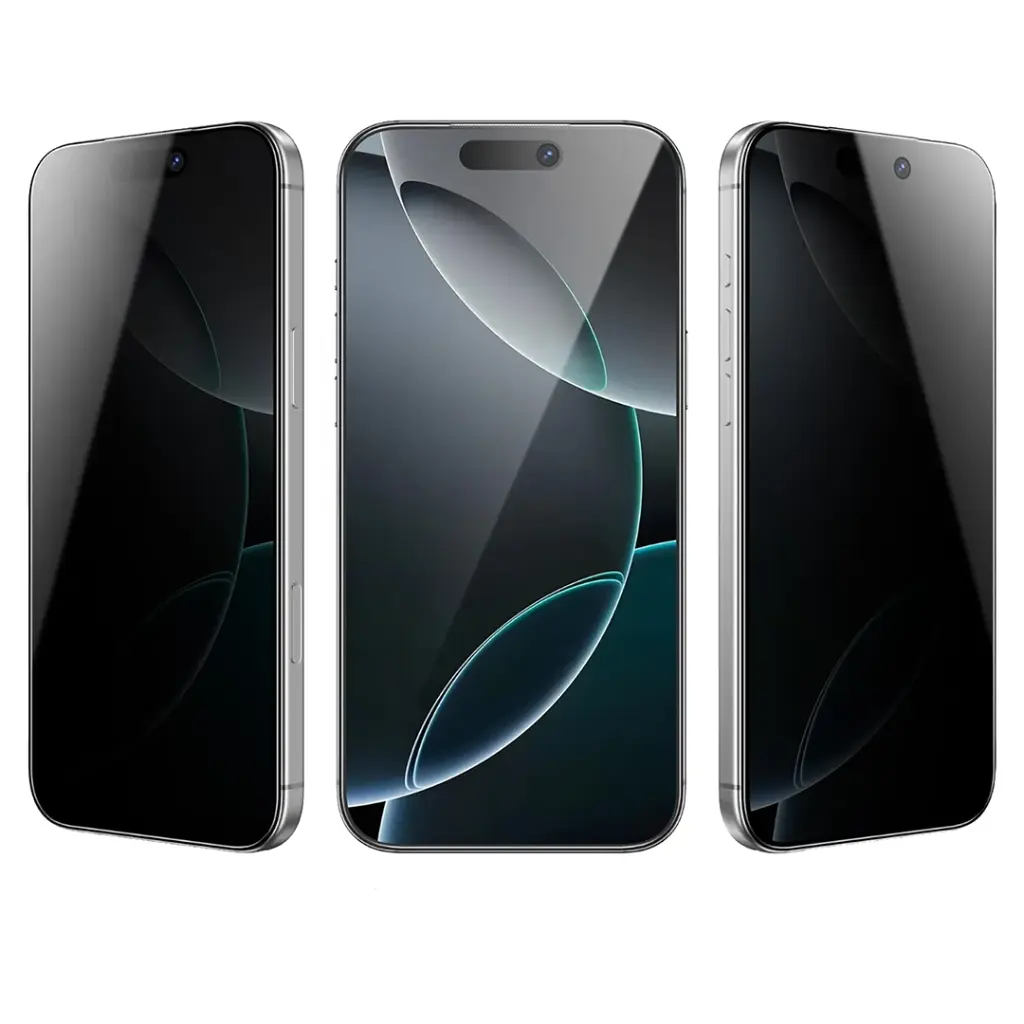
In today’s digital age, our devices—smartphones, tablets, laptops, and monitors—are essential parts of our daily lives. As we increasingly rely on these gadgets for personal and professional use, it becomes paramount to ensure they are well-protected. One aspect of device safety that often gets overlooked is screen protection, which is fundamental not only for prolonging the life of the device but also for maintaining its usability and resale value.
Table of Contents
The Importance of Screen Protection
Whether it’s a minor scratch or a shattered display, screen damage is a common inconvenience that device owners face. Apart from the aesthetic displeasure and diminished clarity that come with scratches, severe damage can compromise the functionality of touchscreens and lead to costly repairs. Moreover, unprotected screens are vulnerable to glare, fingerprints, and even harmful blue light emissions, which strain the eyes. This is where the necessity of screen protectors comes into play.
Understanding Screen Protectors
Screen protectors are thin layers of transparent material, typically made out of plastic or tempered glass, placed over the device’s screen. They are designed to absorb the impact from drops and knocks, while also resisting scratches from everyday encounters with keys, coins, and other abrasive objects. By taking the brunt of the physical damage, screen protectors act as a sacrificial layer, allowing the original screen to remain intact.
Types of Screen Protectors
Screen protectors come in various materials and finishes, each tailored to suit different needs and preferences. Plastic protectors are generally cheaper and thinner, offering basic scratch resistance. On the other hand, tempered glass protectors are thicker and provide a higher level of protection against impacts. Some protectors also come with a matte finish to reduce glare and ward off fingerprints, while others might offer enhanced privacy features, limiting the viewing angle.
Choosing the Right Screen Protector for Your Device
When selecting a screen protector, it’s crucial to opt for products that are designed for your specific device model to ensure a proper fit and avoid any unnecessary gaps or overhangs that could compromise protection. It’s also wise to consider the level of protection desired, the clarity and feel of the material, and any additional features such as anti-glare or anti-blue light filters.
Tips for Applying Screen Protectors
Applying a screen protector can be a tricky process, but with care and precision, it’s possible to attain bubble-free results. Before starting the application, make sure the screen is immaculately clean to prevent dust from getting trapped. Some protector kits come with cleaning wipes or microfiber cloths for this exact purpose. It’s best to apply the protector in a clean, dust-free environment to avoid airborne particles settling on the adhesive side.
Maintaining Your Screen Protector
Over time, your screen protector may accumulate smudges and fingerprints, which are typically easier to clean than the bare screen. Simply wipe it down with a microfiber cloth, possibly using a bit of water or screen cleaner for persistent spots. It’s also essential to check for any lifting or peeling edges, as these can trap dirt and compromise the adhesive.
When to Replace Your Screen Protector
If your screen protector sustains significant scratches or cracks, it’s time to replace it. Continuing to use a damaged protector can impact touchscreen functionality and visibility. Some protectors come with a warranty, so check if yours is eligible for a replacement. Regular replacements will maintain a high level of protection and clarity.
Investing in Quality Screen Protection
While the market is flooded with screen protectors, not all are equal in quality. Cheaper off-brand protectors may not provide the same level of defence as those from reputable manufacturers. Investing in a quality screen protector can save money and stress in the long run, as it will be more durable and effective in protecting your device.
The Bigger Picture: Overall Device Care
Screen protection is just one aspect of complete device care. To ensure a holistic approach, consider using a sturdy case, ensuring your software is up-to-date for security purposes, and avoiding exposure to extreme temperatures or liquids, which can damage your devices internally and externally.
The Role of Screen Protectors in Device Safety
In conclusion, screen protectors play a pivotal role in maintaining the functionality and appearance of your devices. With the right care and the implementation of a high-quality protector, you’re taking a proactive step in safeguarding an investment that not only holds monetary value but often contains sensitive data and cherished memories. In a world where a device’s longevity is as important as its performance, a screen protector is your screen’s best defence against the wear and tear of everyday use.
Final Thoughts on Protecting Device Screens
Protecting your device screens shouldn’t be an afterthought. It’s a critical measure to extend the life of your gadgets and to secure optimal functionality. By understanding the importance of screen protection and implementing it effectively, you can ensure that your devices remain in prime condition, saving you from the hassle and expense of unexpected repairs. Remember, a simple move such as acquiring a screen protector can make a significant difference. So arm your devices with the best protection available and enjoy the peace of mind that comes with it.